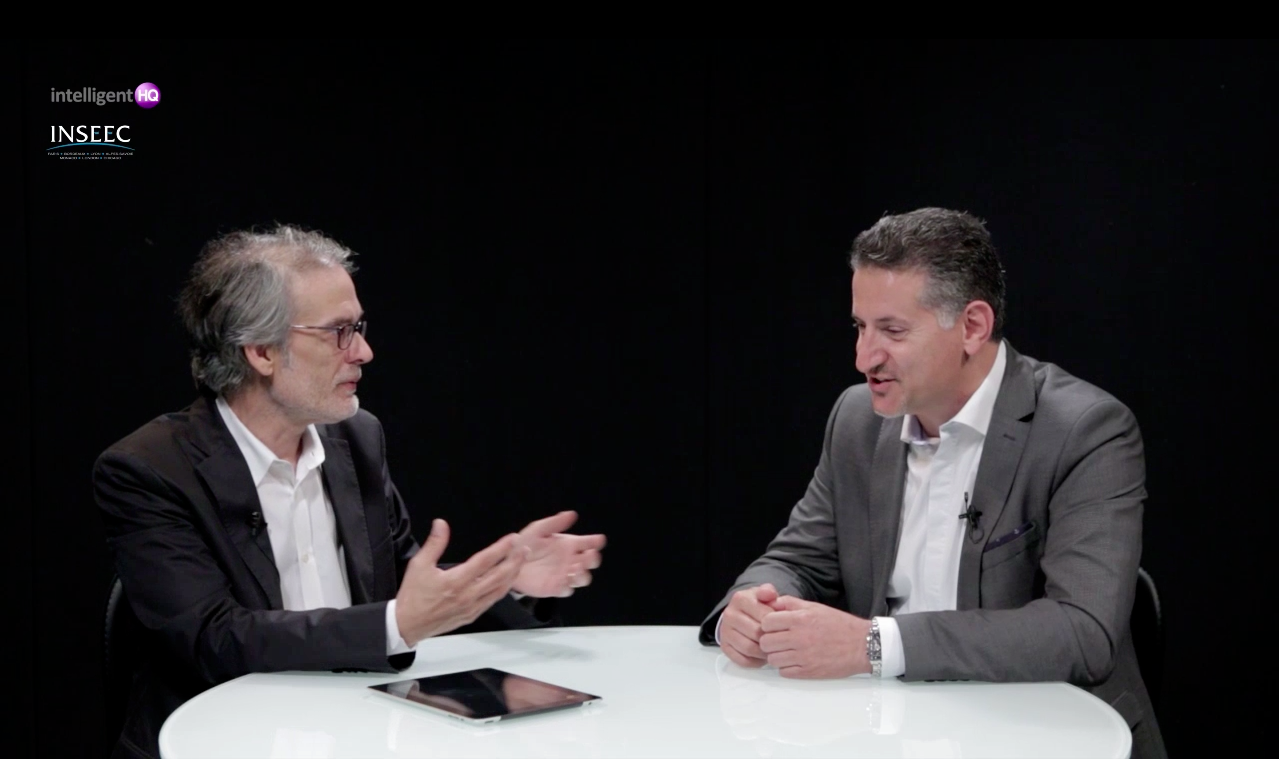Implementing Social CRM
While the process of implementing CRM usually means putting software in place, it takes a lot more than simply purchasing and setting up software to implement a Social CRM strategy.
Social CRM Process by Chess Media GroupThe first thing you need to do is to find out what your customers want, and how they might describe an ideal relationship with your brand. You want to communicate in the same ‘voice’ as your customers, as this will help to open the channels of communication and establish trust. In order to do this, you have to listen first.
Once you have established what it is that your customers want, you can develop a strategy that is balanced between those wants and what you can, realistically, hope to achieve. The desired outcome of this strategy should inform any plans that you make. Perhaps this could mean focusing on improving advocacy rates among your customers, by developing a rewards programme to incentivise customers to talk about experiences with your product with their peers.
When assessing your CRM processes, you should gauge their impact on customers in terms of how much they enhance the customer’s experience. This can help to identify processes that should be kept intact, those that should be modified, and those that should be eliminated altogether.
Although we have emphasised that Social CRM isn’t just about technology, it stands to reason that you need to get this side of things right as well. This means understanding the various options that are out there, and the cost of implementing them. We shall cover this in more detail later in this series.
Perhaps the most important thing to remember about Social CRM is that the buyer controls the conversation – not the seller. In order to be successful, you need to ensure that all the people in your organisation accept this shift in power and adapt to it successfully.
Understanding Your Customers
In order to understand just who your customers are, it is necessary to undertake these five steps:
Identify customer segments
This process should, ideally, incorporate data from social channels to augment the traditional segmentation methods. This will help you to understand your customers as individuals, and inform your strategies for targeting them as such.
Find out which channels they use
Some segments might predominantly use Twitter or Facebook as their communications platform, whereas others might use email. By identifying the channels that each segment uses, you can target your efforts much more effectively.
Assess how they want to communicate with you on each channel
It can be well worth doing some research into the types of communications that customers like, or at least find acceptable, on each of the platforms that they use. For example, you could try to find out whether your customers use Twitter merely as a support channel, or if they might be receptive to marketing messages there also. By the same token, you could also try to find out which segments are receptive to calls from your call centre, or marketing mailshots.
Work out the cost of communication on these channels
Some channels are more expensive to maintain than others, with telephone support being much more expensive than email support for example. There can often be huge cost benefits to steering communications towards cheaper channels wherever possible.
Prioritize investments
There are several factors that can influence the priority placed on each channel by your organization, including the importance of that channel from a customer’s point of view, the nature of the interaction, and the volume of communication.
I am a writer based in London, specialising in finance, trading, investment, and forex. Aside from the articles and content I write for IntelligentHQ, I also write for euroinvestor.com, and I have also written educational trading and investment guides for various websites including tradingquarter.com. Before specialising in finance, I worked as a writer for various digital marketing firms, specialising in online SEO-friendly content. I grew up in Aberdeen, Scotland, and I have an MA in English Literature from the University of Glasgow and I am a lead musician in a band. You can find me on twitter @pmilne100.



























